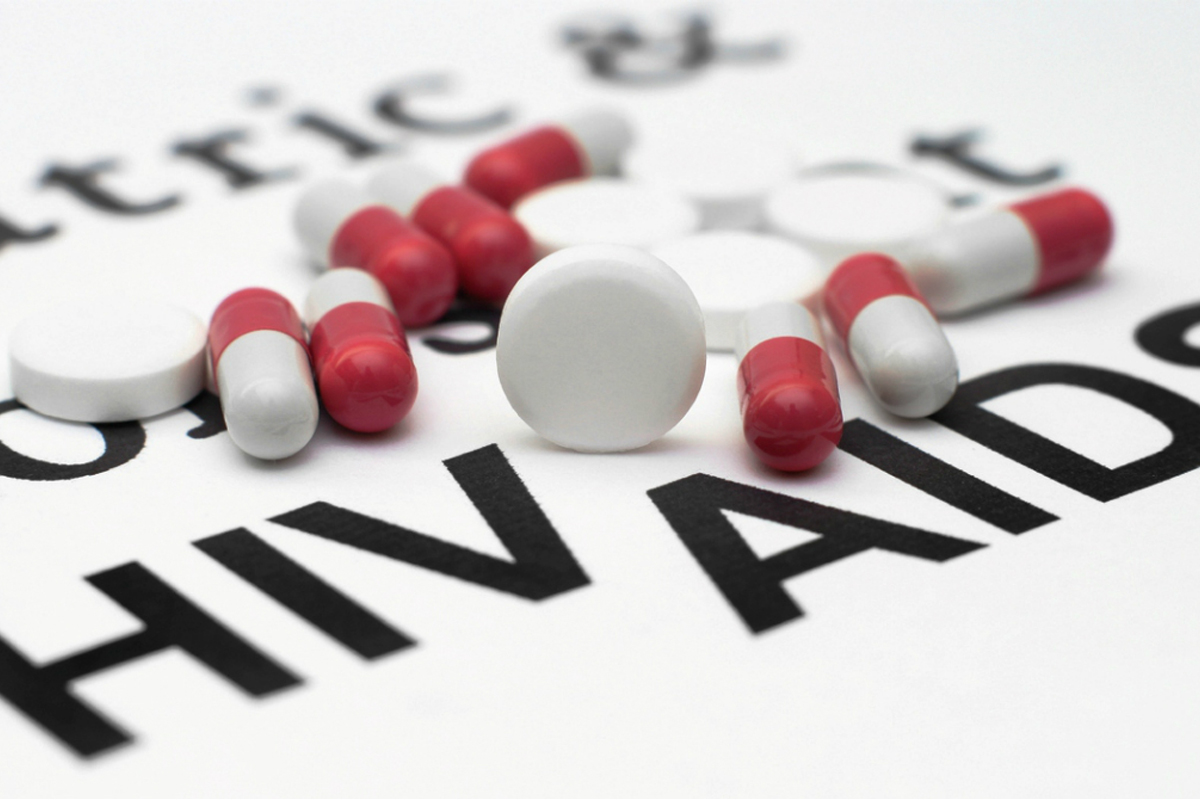Last year, world leaders came together at the UN in New York and agreed a groundbreaking Political Declaration on HIV and AIDS. That plan takes on the inequalities that drive the pandemic by setting ambitious strategies and targets to dramatically reduce new HIV infections, reduce AIDS-related deaths by 2025, and end the AIDS pandemic as a global health threat by 2030 ~ if world leaders fulfil it. Data just released in the new UNAIDS report, In Danger, reveals that the world is not on course to end AIDS by 2030. The 3.6 per cent reduction in global HIV infections in 2021 is the smallest annual fall since 2016. On the current trajectory, there will be a projected 1.2 million new HIV infections worldwide in 2025, more than three times higher than the target of 370,000. Eastern Europe and central Asia, Middle East and North Africa and Latin America have all seen increases in annual HIV infections over several years.
In Asia and the Pacific ~ the world’s most populous region ~ UNAIDS data now shows new HIV infections are rising where they had been falling. Climbing infections in these regions are alarming. The human cost of a stalled HIV response is chilling. Globally, more than 1.5 million people became infected with HIV last year. That’s 4,000 people every day, more than a quarter of them were young people aged 15-24. Worldwide, an adolescent girl or young woman acquires HIV every two minutes. Although affordable treatments are available to prevent most AIDSrelated deaths, the AIDS pandemic took a life in every minute with 650 000 people died of AIDS-related illnesses in 2021.
Advertisement
In Cambodia, although many achievements have been made towards reaching its national HIV targets, the rate of decline in new infection has stalled and a slower rate of decline is observed among young people. These must be brought down dramatically in order to reach the national ultimate goal of ending AIDS as a public health threat by 2025. More innovative and efficient interventions are needed to encourage people most at risk of HIV transmission to seek HIV testing and HIV prevention methods. Cambodia is a global pioneer in several aspects of the HIV response, including its approach to the implementation of Pre-Exposure Prophylaxis (PrEP) as showcased in the global report.
However, the gains made are fragile and at risk of being lost if concerted, holistic, and sustainable approaches are not used by all HIV stakeholders, including leveraging on the valuable and unique support from PLHIV and key populations communities and networks. The Covid-19 pandemic, the war in Ukraine and the global economic crisis have created extraordinary headwinds that threaten the national HIV response. Global solidarity is fraying, richer countries are cutting or redeploying humanitarian budgets, low- and middle-income countries are saddled with debt repayment and being forced to cut back spending on essential services like health and education.









